PsychNewsDaily Publishers
100 Summit Drive
Burlington, MA, 01803
Telephone: (320) 349-2484
PsychNewsDaily Publishers
100 Summit Drive
Burlington, MA, 01803
Telephone: (320) 349-2484
Jura in France produces organic wines with unique grapes, while Umbria in Italy is known for its rustic Orvieto whites and bold Sagrantino reds.

If you’re into wine, exploring lesser-known regions can really shake up your routine. These hidden gems bring flavors and experiences you just won’t find in the usual spots.
Let’s dig into 10 special wine regions that every wine lover should try before they disappear from the radar. Adding these places to your list will spice up your collection and give you great stories to tell your friends.

Jura sits quietly in eastern France, close to Switzerland. The region is small and kind of under the radar, but it’s famous for organic and biodynamic vineyards—grapes grow here without chemicals.
You’ll run into unique grapes like Savagnin and Chardonnay. Wines from Jura carry a fresh, spicy kick that’s hard to find elsewhere.
Winemakers here stick to traditional methods, so every bottle feels packed with character and a bit of history. The area isn’t crowded, so you can enjoy peaceful tastings.
If you care about the environment and want something a little offbeat, Jura is a solid pick.
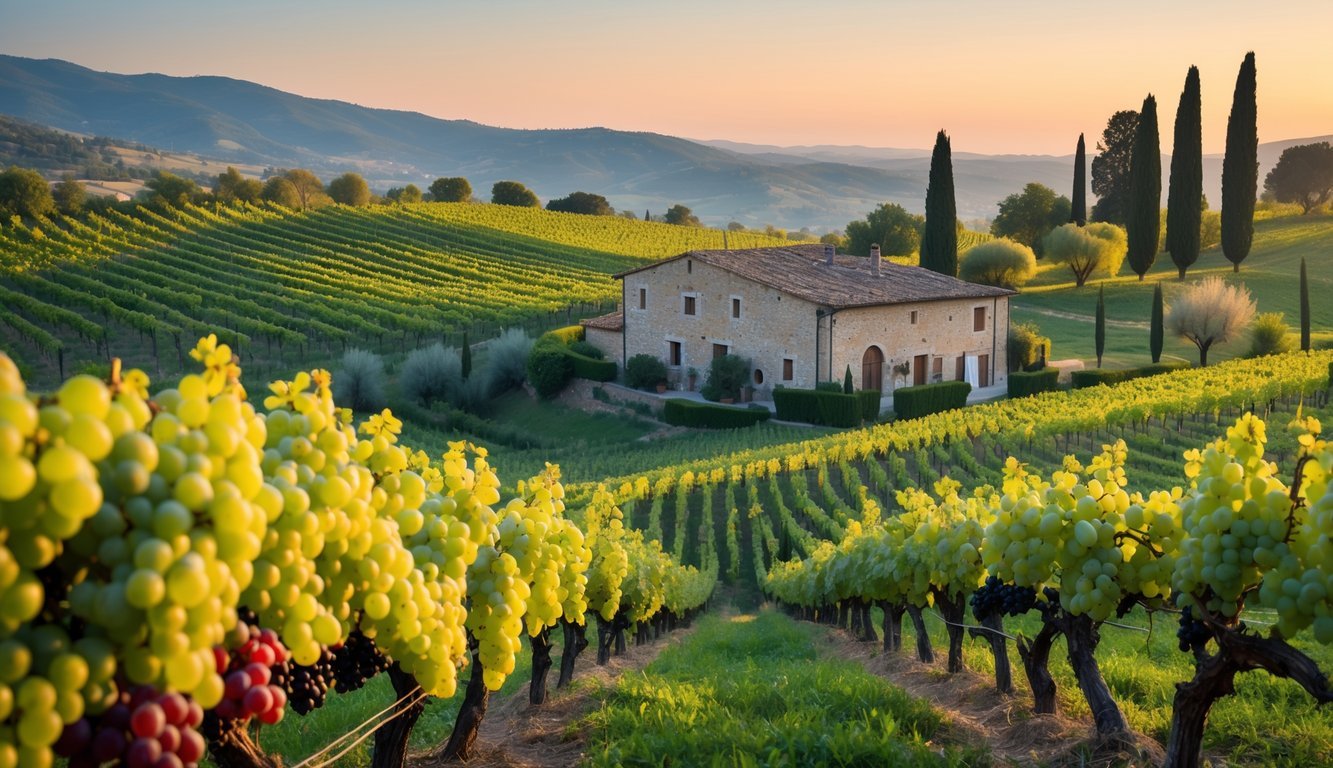
Umbria’s wines feel genuine and a bit rustic, which I love. Orvieto whites stand out for their crisp, clean taste—perfect for lighter meals or just sipping in the sun.
If you lean toward bold reds, Sagrantino is a must-try. It’s rich and tannic, mostly found around Montefalco.
Umbria stays quieter than Tuscany, but it packs in plenty of wine adventures. You’ll find everything from dry whites to deep, full-bodied reds.
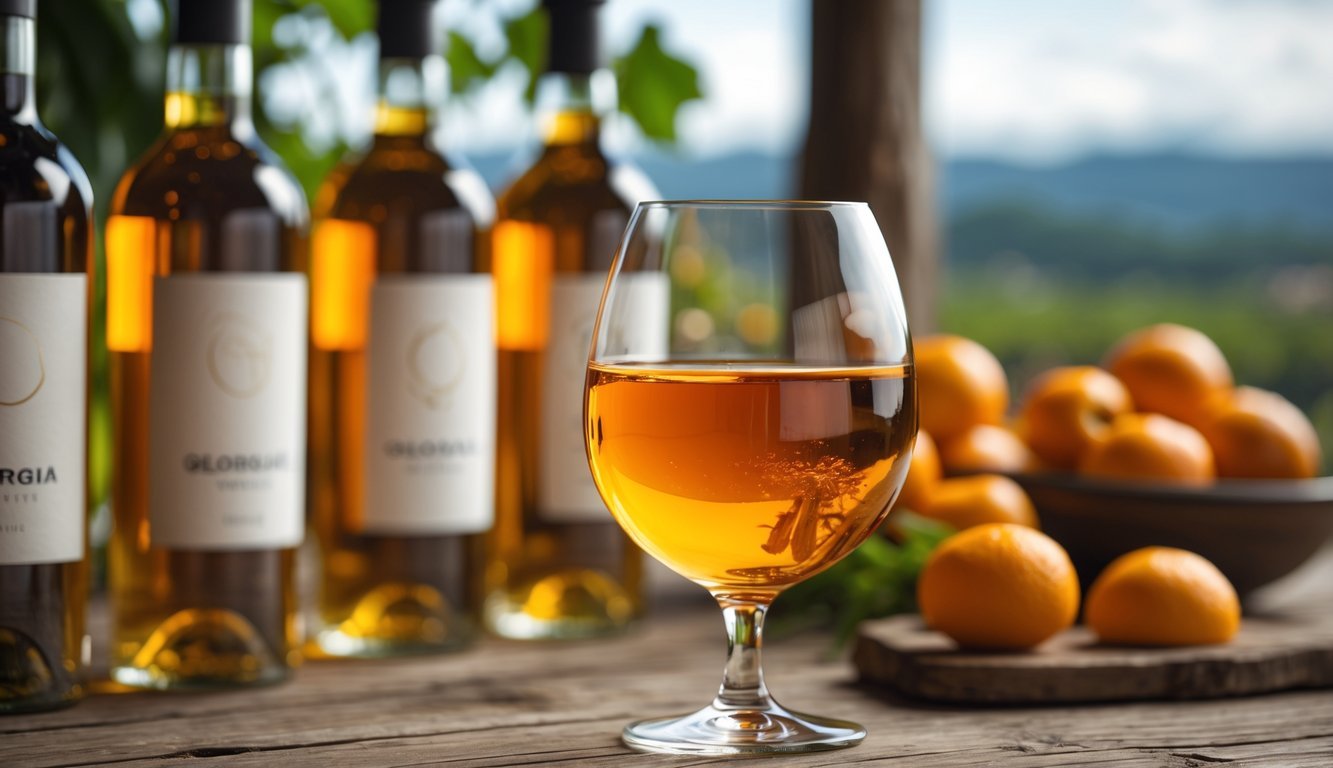
Orange wine might sound odd, but Georgia makes some of the world’s best. Winemakers here ferment white grapes with their skins, so the wine turns a deep amber and picks up bold flavors.
They use ancient clay pots called qvevri, buried underground. This technique goes back thousands of years and gives the wine its unique depth.
When you try Georgian orange wine, expect tannins like a red and acidity like a white. It’s a wild ride—definitely worth a taste if you’re curious about something totally different.
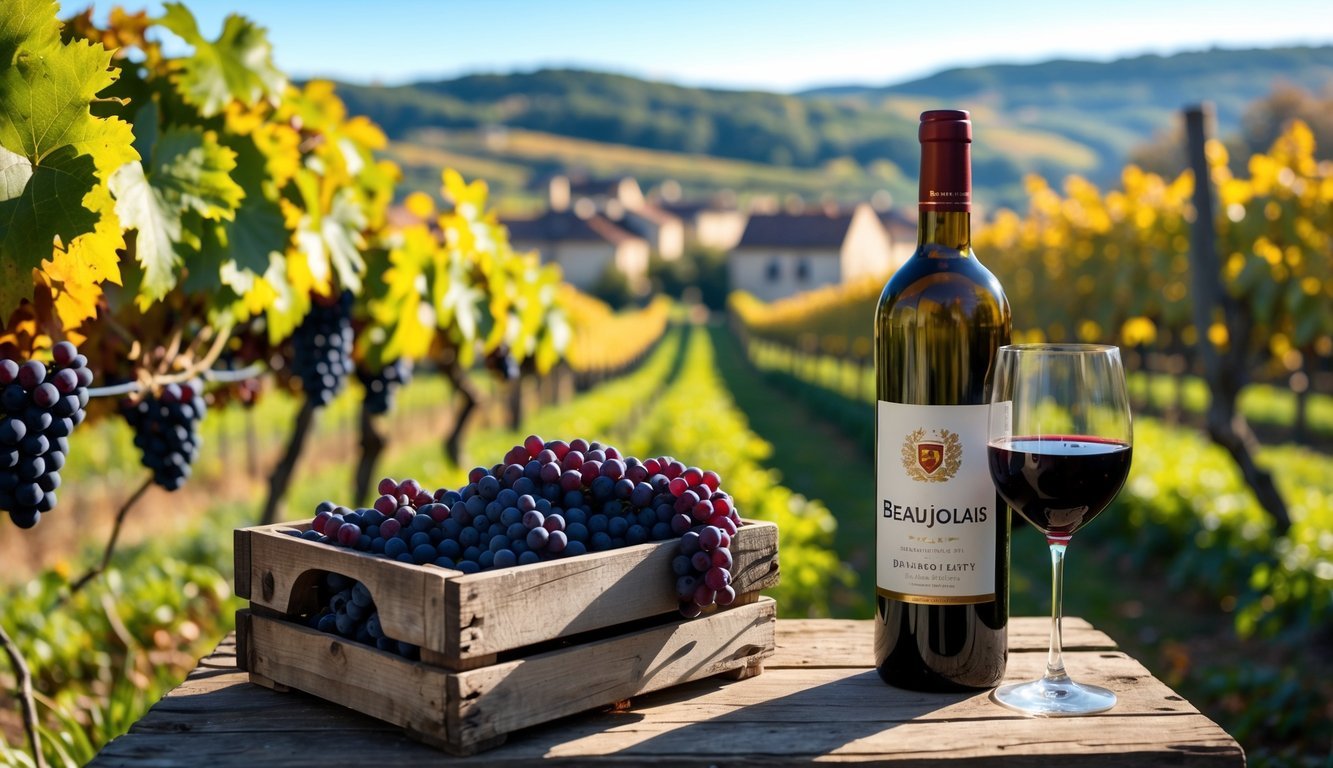
If you crave fresh, fruity reds, Beaujolais Villages is calling your name. This spot in northern Beaujolais makes wines that are light, easy to drink, and bursting with juicy fruit.
Gamay grapes rule here, giving the wines a lively, refreshing vibe. They’re more interesting than basic Beaujolais but still super approachable.
The wines come from 38 small villages with granite soils, which add to their unique flair. They’re perfect for casual meals or just hanging out with friends.
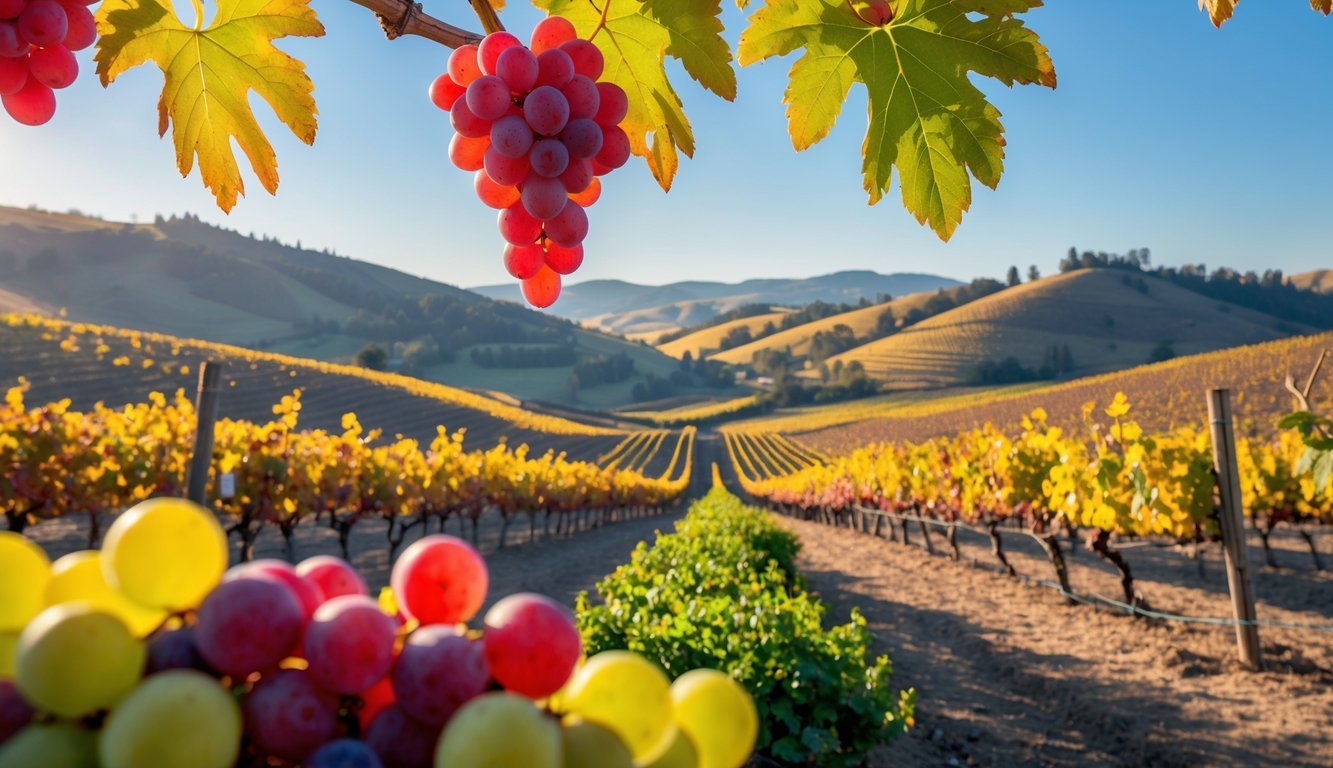
Walla Walla Valley should be on your wine map. Over 130 wineries dot the landscape, and you’ll find bold reds like Cabernet Sauvignon, Syrah, and Merlot.
But don’t skip the whites—there are crisp, refreshing options to try too. Tasting rooms here feel cozy, and the scenery is gorgeous.
Even though it’s gaining fame, the valley still feels a bit like a secret. Take your time and see what you discover.
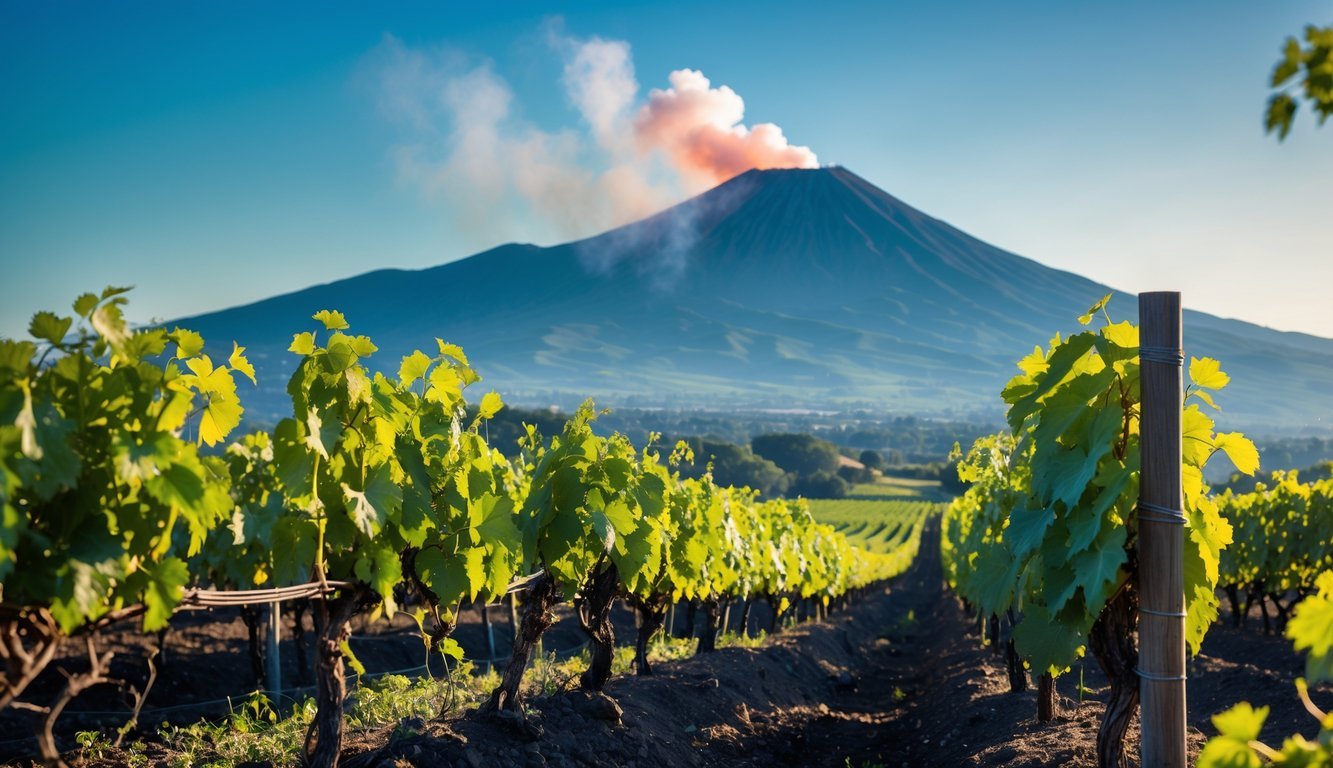
Wines from Mt. Etna are something else. The volcanic soil gets refreshed by the active volcano, which gives the grapes a wild, mineral edge.
Nerello Mascalese and Carricante grapes thrive here. The wines come out elegant, with layers of flavor that reflect the raw energy of the land.
If you ever find yourself in Sicily, don’t miss Mt. Etna’s wineries. It’s where nature and tradition really collide.

Red wine fans should check out Colchagua Valley in Chile. The area is famous for rich, structured reds like Cabernet Sauvignon and Carmenère.
Warm days and cool nights balance out the wines perfectly. Inside the valley, different soils and microclimates add even more variety.
The valley sits between the Andes and Coastal Mountains, which makes for some pretty unique wines. It’s a beautiful place to taste the old and new sides of Chilean winemaking.
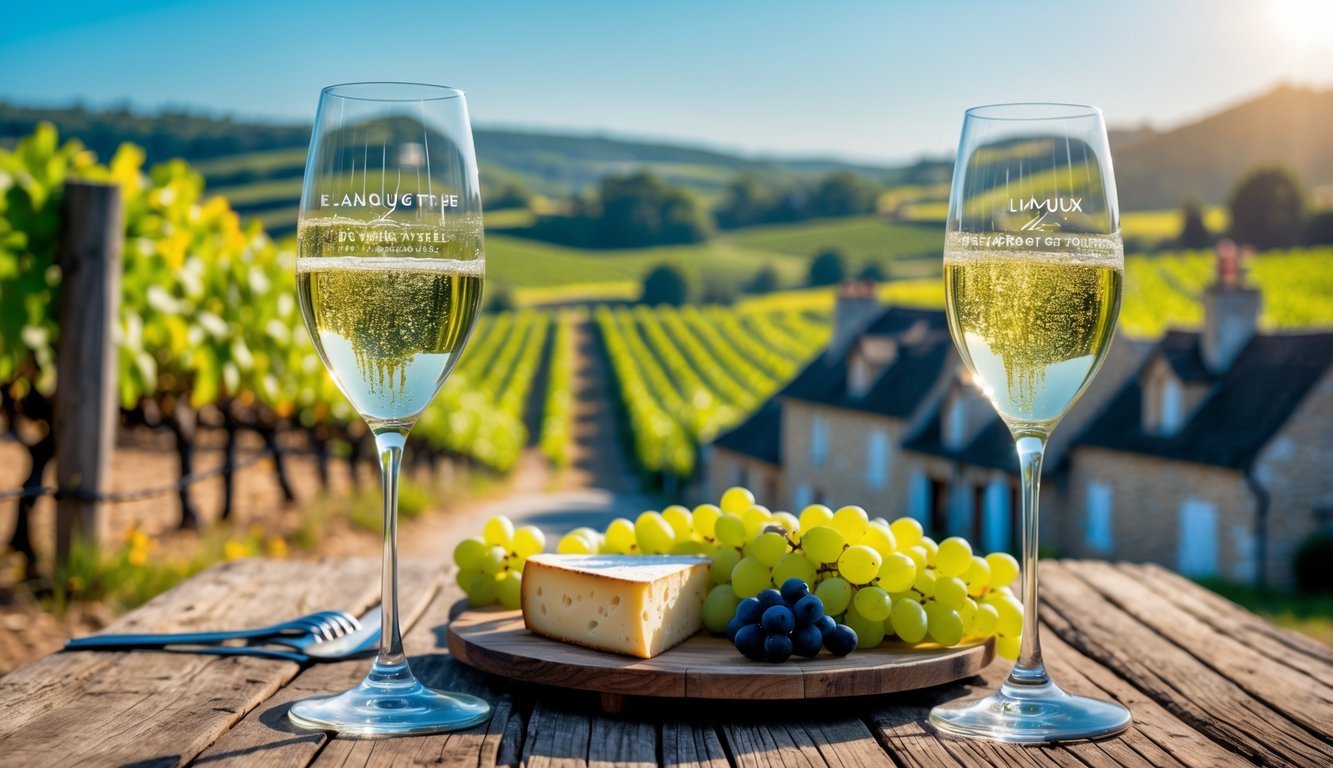
Love bubbly? Limoux is a name you should know. This small French town claims the oldest sparkling wine—Blanquette de Limoux—dating back to 1531.
Blanquette de Limoux is mostly Mauzac grape. The wine tastes fresh and dry, with hints of apple and pear.
The Abbey of Saint-Hilaire’s monks first made this sparkling wine, so you’re sipping a bit of history. It’s a fun detour from the usual Champagne.
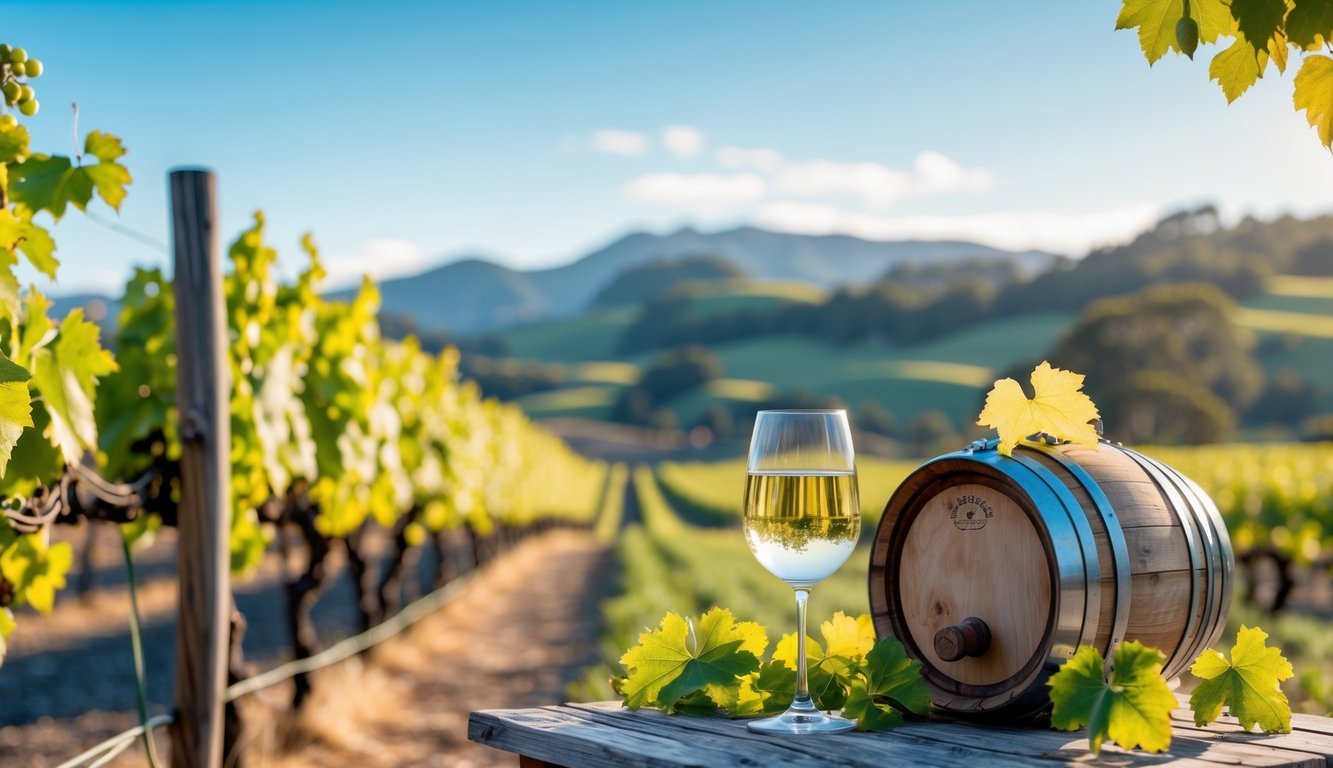
Tasmania’s wines are bright and fresh—perfect for anyone who loves a crisp glass. The cool climate helps create elegant Pinot Noir, Chardonnay, and killer sparkling wines.
Slow-growing grapes mean delicate aromas and balanced acidity. You’ll notice lively fruit and a clean finish in most bottles.
Wineries here sit on ancient soils, with ocean breezes adding a twist. Whether you want bubbles or a smooth red, Tasmania’s got something to surprise you.

Bold reds from Swartland are worth a spot on your list. This South African region is all about organic farms and dryland vineyards.
Hot summers and cool ocean breezes help grapes develop strong, balanced flavors.
Shiraz, Chenin Blanc, and Pinotage grow here, often without irrigation. That makes the wines feel natural, with loads of character.
Winemakers in Swartland care deeply about their craft. You’ll taste the difference in every bottle, and there’s always something new to discover.
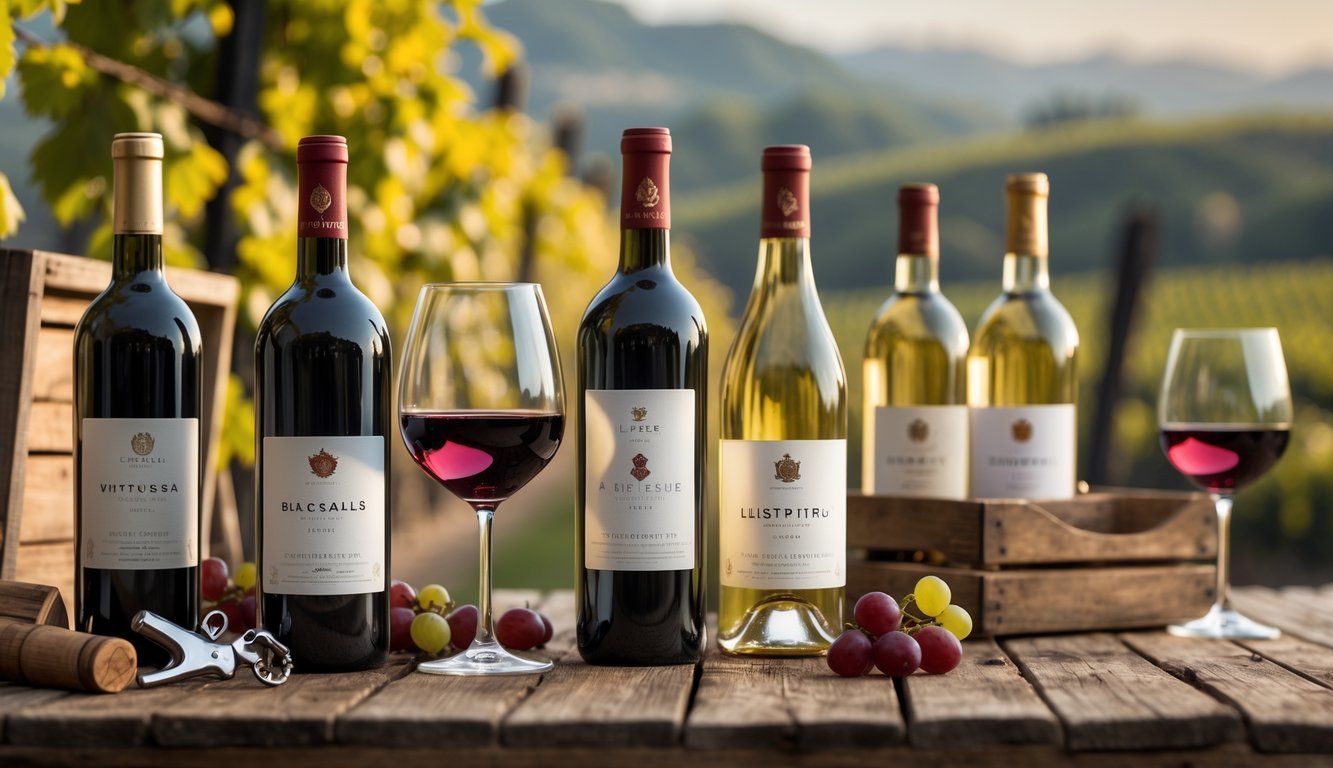
Limited-edition wines really stand out because they’re rare and crafted in special ways. That makes every sip feel more valuable than your average bottle.
Knowing what sets these wines apart helps you appreciate why they’re worth the hunt.
Winemakers produce limited-edition wines in small batches. Because of this, only a handful of people get to enjoy them.
You might only see these bottles at special events or tucked away in specialty shops. Sometimes, they come from tiny vineyards focused on quality over quantity.
Owning a rare bottle feels special. Over time, these wines get even harder to find, so collectors and adventurous wine lovers always keep an eye out.
Winemakers often use unusual grape varieties or creative blends for these special bottles. This means the flavors can’t be found anywhere else.
These wines reflect a specific place and year. Weather, soil, and hands-on care all play a part in making the taste unique.
Because production is small and careful, limited-edition wines capture flavors that mass-market bottles just can’t. When you open one, you’re tasting someone’s creativity and skill.
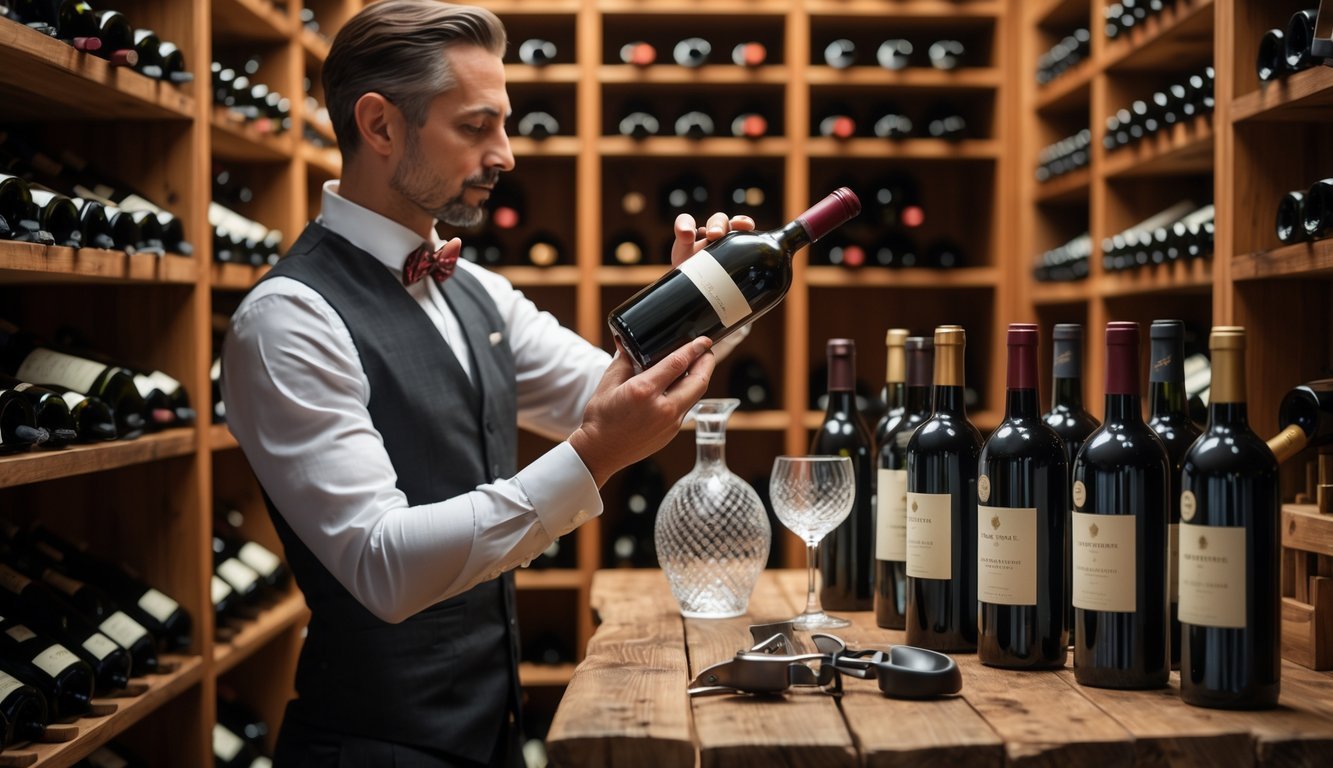
Rare wines need a little extra TLC. Serving and storing them the right way makes a big difference in flavor and experience.
Keep reds between 55-65°F and whites between 45-55°F. Decant older or full-bodied reds so they can open up and show off their aromas.
Pour slowly to keep sediment from swirling into your glass, especially with older bottles. Use clean glasses—wide bowls for reds, narrower for whites.
Let the wine breathe for about 30 minutes if you can. Take small sips and enjoy the layers as they unfold.
Find a cool, dark spot for your rare wines—somewhere with steady temperatures between 50-59°F. I’d aim for about 70% humidity; that helps keep corks from drying out or, worse, getting moldy.
Keep those bottles lying on their sides so the corks stay moist. If your place isn’t perfect for wine, maybe invest in a wine fridge or a proper cellar.
I like to label each bottle with the purchase date and a few notes. That way, you’ll know exactly when to open them for the best experience.